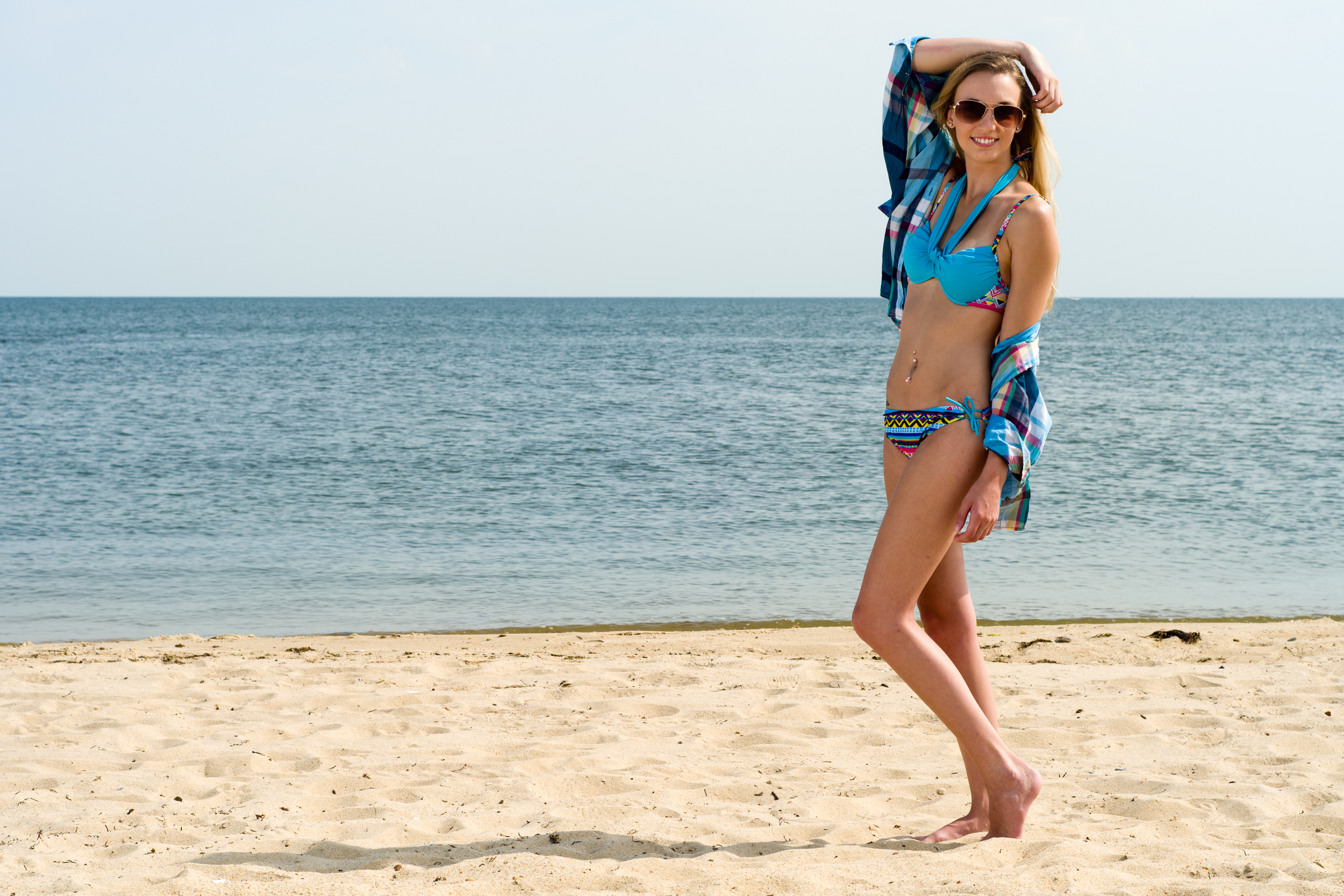Santa Rosa, Calif. – A revolution in backpack design when it first released, Think Tank’s Shape Shifter expanded and contracted to hold gripped camera bodies and a laptop. In response to input from professional photographers, Think Tank has released the Shape Shifter in three new configurations. The Shape Shifter 15 V2.0 is designed to hold a 15” laptop and the Shape Shifter 17 is designed to hold a 17” laptop. The Naked Shape Shifter allows photographers to attach Skin Pouches or Lens Changers inside to create a totally customized modular backpack.
“While traveling or on location, the Shape Shifter V2.0 lets photographers adjust their backpack to fit their workflow,” said Doug Murdoch, Think Tank’s CEO and lead designer. “The Shape Shifters compress to three inches in depth when gear is removed, allowing photographers to have their gear at the ready while maintaining a slimmer profile when maneuvering through crowds.”
Key Features
Shape Shifter 15 & 17 V2.0
· A great travel bag with extra space to fit a jacket, food, or additional gear
· Tripod attachment on front of bag keeps tripod weight centered and allows access to gear without detaching the tripod
· Easily accessible, plush pocket fits smartphones with displays up to 5.5”
· Roller handle pass-through sleeve to attach to rolling luggage
· Detachable water bottle pouch
· Pro Speed Belt or Thin Skin Belt (sold separately) can be attached
· Contoured shoulder harness with air channel for all body types
· YKK® RC-Fuse zippers with lockable sliders (lock not included)
· Upper front pocket with organizer for accessories
· Lower front pocket with zippered pocket for accessories
· Removable waist belt
· Shoulder harness pockets, D-Rings, and sternum strap
· Seam-sealed rain cover included
Gear Capacity
Shape Shifter® 15 V2.0 Gear Capacity
· Holds a 15” laptop, tablet up to a 12” or 13”, plus one DSLR (gripped or un-gripped) and three lenses (detached) and personal items
Shape Shifter® 17 V2.0 Gear Capacity
· Holds a 17” laptop, tablet up to a 12” or 13”, plus one to two DSLRs (gripped or un-gripped) and three to four lenses (detached) and personal items
Naked Shape Shifter 17 V2.0 Gear Capacity
· Holds a 17” laptop, tablet up to a 12” or 13”, plus four to seven modular pouches or lens changers and personal items
Materials
Exterior: For superior water-resistance, all exterior fabric has a durable water-repellant (DWR) coating, plus the underside of the fabric has a polyurethane coating. The bag also has 600D twill, YKK® RC zippers, 320g dry-flow airmesh, nylon webbing, 3-ply bonded nylon thread.
Interior: Removable closed-cell foam dividers, polyurethane backed liner and dividers, 200D polyester, laminated non-woven backed nylex liner, 2x polyurethane coated nylon 190T seam-sealed taffeta rain cover, 3-ply bonded nylon thread.
Specifications
Shape Shifter 15 V2.0
· Exterior Dimensions When Expanded: 18.9” H x 12” W x 7” D” (48 x 30.5 x 18 cm)
· Exterior Dimensions When Compressed: 18.9” H x 12” W x 3” D (48 x 30.5 x 8 cm)
· Laptop Compartment Dimensions: 16.8” H x 11.4” W x 1.5” D (42.7 x 29 x 4 cm)
· Tablet Compartment: 9.4” W x 12.2” H x 0.6” D (24 x 31 x 1.5 cm)
· Smart Phone/Glasses Pocket: 6.7” W x 4.5” H x 1.6” D (17 x 11.5 x 2 cm)
· Weight (with all accessories): 4.3 lbs. (2 kg)
Shape Shifter 17 V2.0
· Exterior Dimensions When Expanded: 20” H x 12.5” W x 7” D” (51 x 32 x 18 cm)
· Exterior Dimensions When Compressed: 20” H x 12.5 W” x 3” D (51 x 32 x 8 cm)
· Laptop Compartment Dimensions: 19” H x 12” W x 1.5” D (48 x 30.5 x 4 cm)
· Tablet Compartment: 10.2” W x 12.2” H x 0.6” D (26 x 31 x 1.5 cm)
· Smart Phone/Glasses Pocket: 7.1” W x 4.7” H x 1.6” D (18 x 12 x 2 cm)
· Weight (with all accessories): 4.6 lbs. (2.1kg)
Naked Shape Shifter 17 V2.0
· Exterior Dimensions When Expanded: 20” H x 12.5” W x 7” D” (51 x 32 x 18 cm)
· Exterior Dimensions When Compressed: 20” H x 12.5 W” x 3” D (51 x 32 x 8 cm)
· Laptop Compartment Dimensions: 19” H x 12” W x 1.5” D (48 x 30.5 x 4 cm)
· Tablet Compartment: 10.2” W x 12.2” H x 0.6” D (26 x 31 x 1.5 cm)
· Smart Phone/Glasses Pocket: 7.1” W x 4.7” H x 1.6” D (18 x 12 x 2 cm)
· Weight (with all accessories): 3.8 lbs. (1.7 kg)
Check out ThinkTank Photo Gear by clicking on the photo below














































